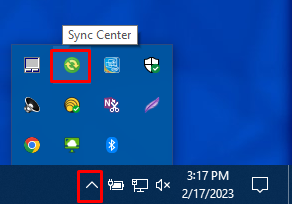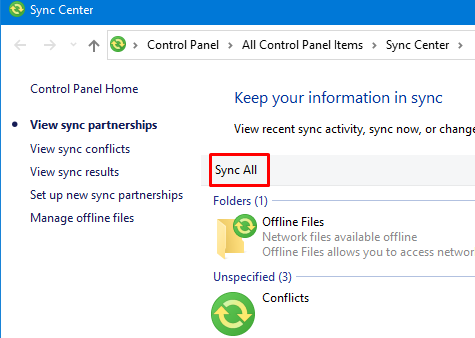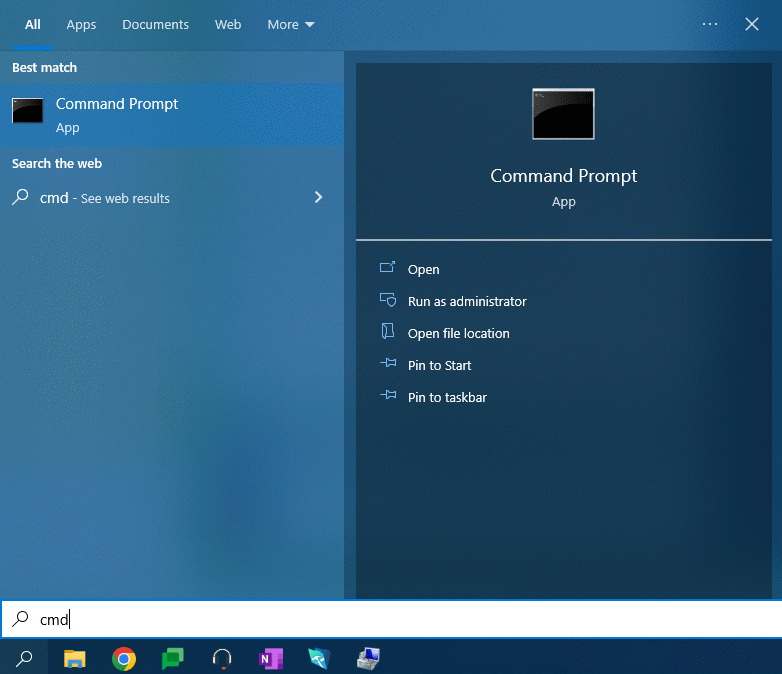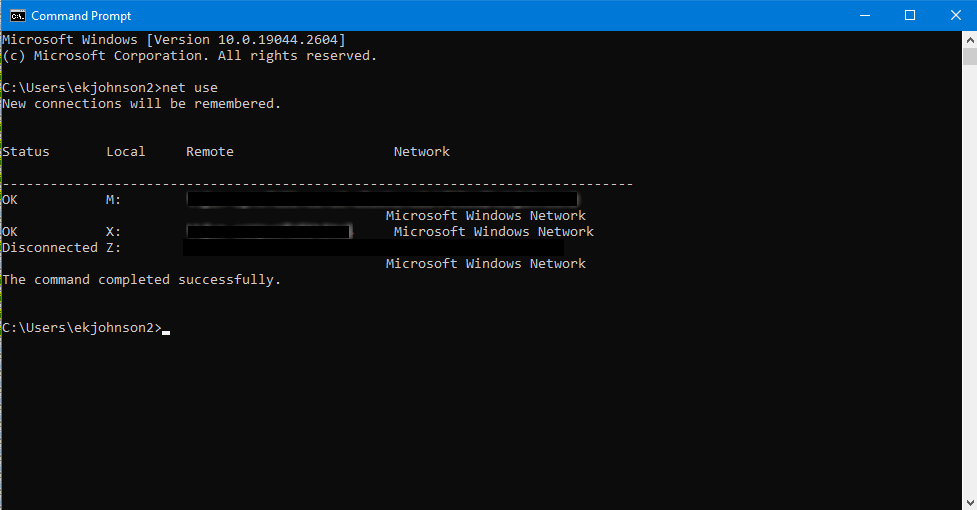Backup & Synchronization
UAS-managed computers utilize a background synchronization process to ensure user data is backed up and encrypted.
Backed up: When on the campus network, your computer is configured to save files (Desktop, My Documents & Favorites folders) immediately to our servers. These files are synchronized to your local computer in an encrypted format. This ensures they are available when the network is inaccessible (off campus, on a plane, etc).
Encrypted: With most home computers, if a nefarious person gains access to your computer, they can easily access the files on your hard drive using a second computer. UAS computers use encryption for your synchronized files. This adds an extra security layer to help protect user and institutional data. The only way to access the files is through a decryption using the associated user credentials. (Users should never keep their passphrase(s) affixed to the laptop!)
FAQ
If you aren't sure if the contents of your computer's sync folders match the contents on the server, you can manually trigger a synchronization:
- Connect to the UAS Authenticated network, preferably by campus ethernet. (UAS wifi, or VPN when off-campus can work if an ethernet connection is not available.)
- From the lower right corner, select the Sync Center icon

- Note: if there are any Conflicts, they'll be stated on the starting page
- If there are no issues, click the Sync All button

- Allow time for processing. Based on how much data you have, this may take a while
Here is a pdf version of the instructions.
If you ever need to know where your backup folder is for any reason, such as mapping to your files from a different computer, you can look up the file location on the server:
Encryption disguises data, rearranging the bits so that nobody can read or see the information without the secret key, which consists of a uniquely generated password or a digital file.
Synchronization uses features built into Microsoft Windows to make sure your files are backed up onto the UAS file server. It also ensures that files are encrypted so that others cannot access them without authorization. Both of these features are especially important for laptop computers which are easily lost or stolen.
The synchronization process makes sure the files on your computer and the files on the server are the same.
Only files stored on your Desktop and My Documents folder are synchronized. Any other files, including files on your local hard drive, are not synchronized or backed up.
Further, Microsoft Access Database (*.mdb) files are unable to sync. If you have these files within your Sync folder, you will receive an error message indicating that the Access file(s) cannot be synchronized.
Synchronization works best if you have less than 2 gigabytes of data. The synchronization process is not intended for extremely large amounts of data. If you have over 4 gigabytes of data, you should store your files outside of the "My Documents" folder and consult with IT services on an alternate backup strategy.
You can access your synchronized files just like a fileshare. In the Folder/Address field, type the location of your sync files, then click Connect.
If you don't know where your sync files are located, check out the "Where are my files backed up to?" question above.
The computer should synchronize when you log on, log off, or while it is idle (you're away from the keyboard). The process will attempt to run when you're away from the UAS network; however, in that instance, it will fail. If you're away from campus and it fails, this is expected since the file server is not available.
Windows File Synchronization should only take a few seconds. This happens in batches; instead of scanning file-by-file, it will scan multiple files all at once. Depending on the file structure (large files such as videos or many smaller documents), it could take longer. You should not cancel the process unless necessary. If canceled, items within My Document may show different versions than the last saved iteration, or be missing altogether. The first step in resolving sync issues will be to perform a full synchronization - for this reason, we strongly recommend against canceling the synchronization.
Network backup requires computers to be constantly turned on and consuming electricity. It also requires laptops to be left connected to the campus networks. Finally, hard drives have become so large that it is no longer possible to back up all campus computers even over an entire weekend.


